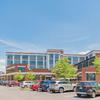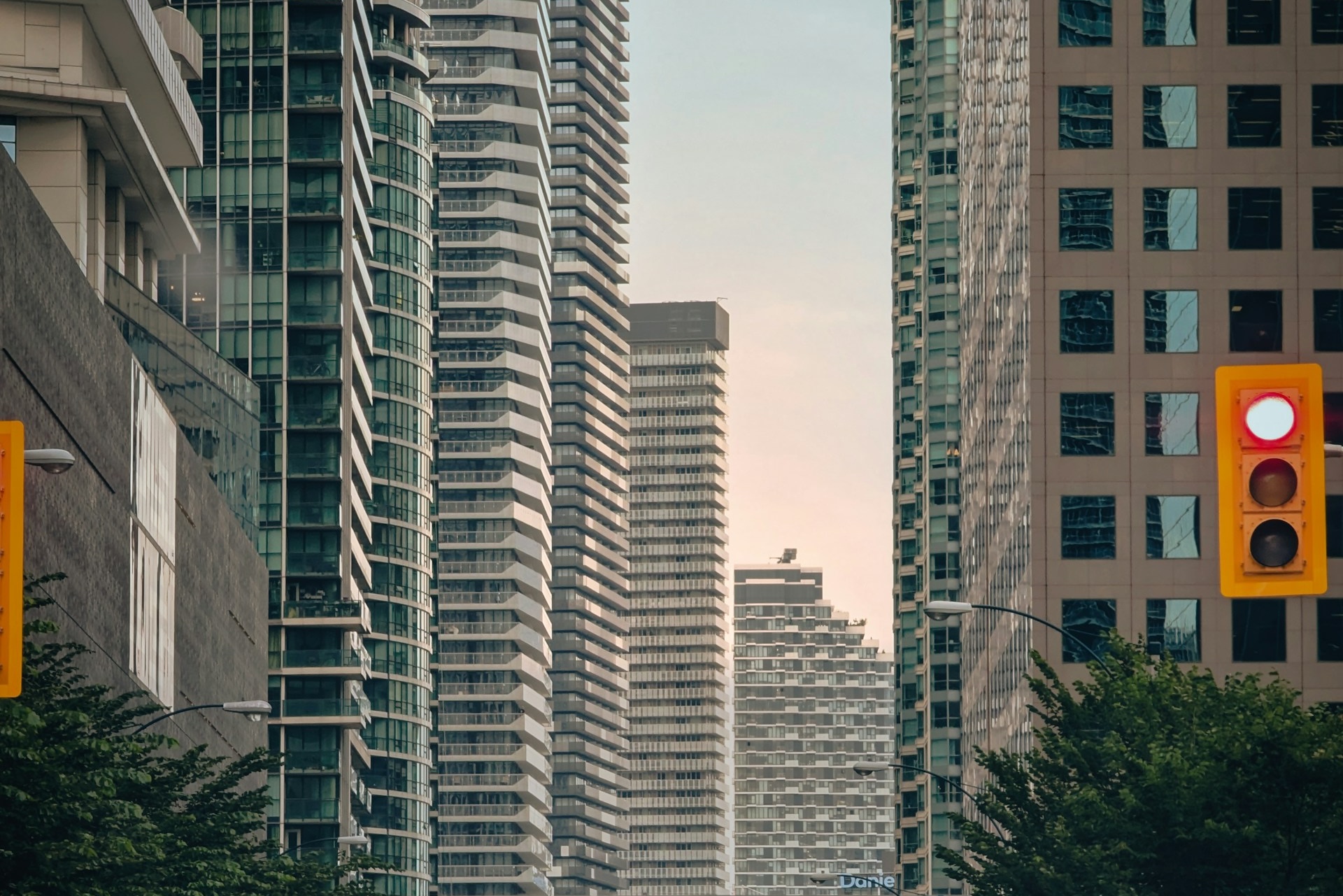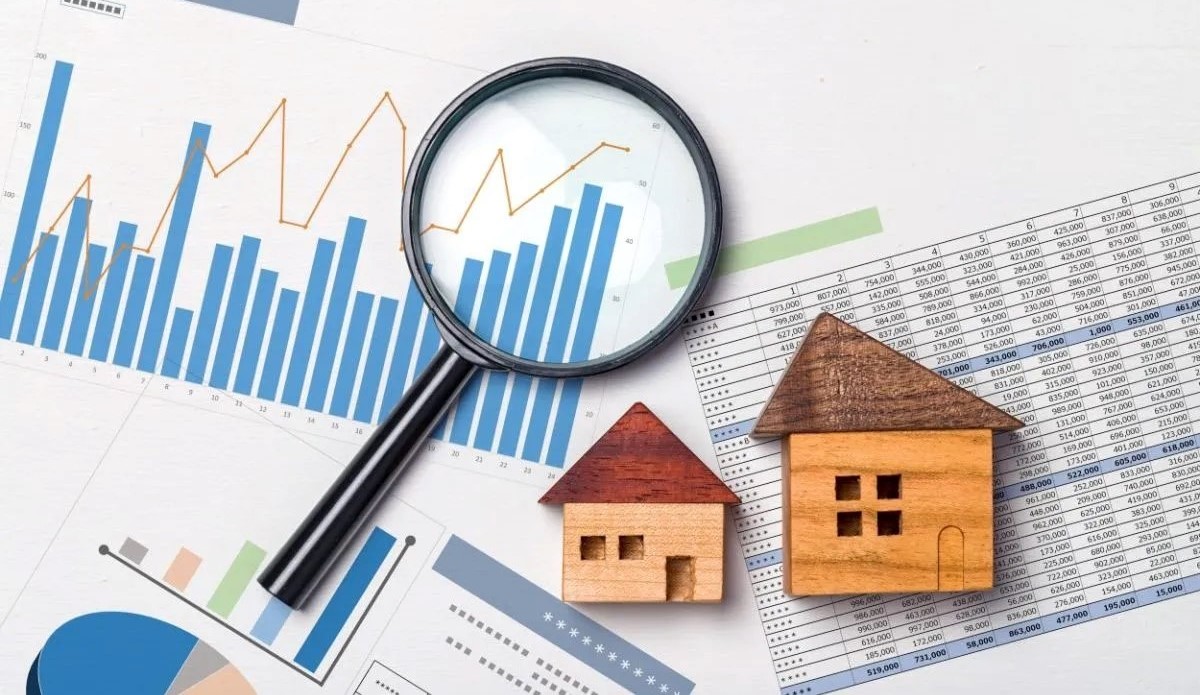New land developments are increasing in popularity as many homebuyers look for large blocks and bigger properties, as well as the comforts that come with a brand-new home.
Despite interest rates being at their highest level in 12 years, housing demand has continued to ramp up, with PropTrack data revealing that searches within the ‘buy’ section on realestate.com.au are 7% higher compared to September 2023.
But as housing supply continues to dwindle, many homebuyers are looking to the new homes market for more options.
New estates and land developments offer a different lifestyle compared to established suburbs, such as large tracts of open space, multiple sports fields and close and convenient shopping plazas.
There's also the resultant infrastructure that comes with new developments, including new train stations, increased public transport and road upgrades.
It is important when buying in a new area to take the time to thoroughly research the proposed development and its surrounding environment. Here are a few tips to help you make an informed decision.
Investigate the developer
Check out the developer's website and scrutinise the 'About' section. Some key questions to ask are:
- How long have they been in operation?
- What other developments have they completed, and how have they worked out?
- What’s the company ethos?
- Do they offer incentives for sustainable homes?
- What do they do to help build community?
Pay particular attention to the developer's design guidelines as they’ll shape your new environment.
Doing research on the developer is important before signing anything. Picture: Getty
Study the master plan
In order to get a good idea of what the future environment will be like, and whether it will suit your needs, it's important to study the master plan. Here are some important considerations:
- What sort of lifestyle is on offer?
- Will the estate offer high, low or medium density housing, or a mix?
- How much medium density housing is planned and where is it situated?
- How much land is set aside for parks, walking and cycling tracks, sports fields, waterways, wildlife corridors?
- Will there be community facilities such as a leisure centre or BBQ area?
- Has any provision been made for teenagers?
- Is there sufficient parking in high-density areas?
MORE: What the Metricon sale means for Aussies building homes
Visit development sites
Pick up the glossy brochures at the sales centre and visit the display homes, but then strike out on your own to really give the place the once-over.
Land developments offer a distinct lifestyle compared to established suburbs. Picture: Getty
Talk to people who’ve already moved in. Developments happen in stages and it usually takes years for a new estate to be completed, so some homes will be occupied while other blocks are just being released.
Consider the standard of existing housing and streetscapes. Ask if residents are generally happy with their living experience so far, and what problems they’ve encountered.
Contact the local Council
Request information on everything from rates, family services and long-term planning information for the locality. Find out how many new estates are being developed, and what the future population is expected to be.
MORE: How much does it cost to build a house in Sydney?
Read the local papers
This is a great way to find out what’s occupying, delighting and outraging people living in the wider area.
Visit the nearest library
Libraries are a storehouse of information and resources. The modern library is also a technology-rich facility for learners and a meeting place for an array of activities for all ages and ethnicities.
If there’s no library handy, enquire about whether the community has access to a mobile library facility.
Research future transport and infrastructure plans
Convenience is an important consideration when you are considering buying a home in a new area.
You might find yourself surrounded with wonderful amenities to keep the family entertained, but if you can't commute to work easily, it could be a deal breaker. It's important to get a good idea of transport infrastructure in the area, and if it's lacking, what plans are in place to improve it in the future.
Consider asking people who have already moved in about their living experience so far. Picture: realestate.com.au
- How well-connected will your new home be?
- If it’s is 30 or 40km from a city centre what are the transport options available now, and planned for the future?
- How easy is it to access train stations and bus stops?
- Is there sufficient car parking at the local train station?
- What is the frequency of public transport services in the area?
- How long will the commute to work be?
- What is the proximity to major roads and highways?
State authorities have long-term plans to address urban renewal and growth, and examining them will give you an idea of the key issues of concern, and what’s likely to happen.
The following state-based department websites offer a good overview:
Where’s the work?
What’s the potential for employment within easy distance? Are there commercial or industrial zones, or major employers such as a large shopping centre or university nearby? If not, commuting is likely to be your only option so assess if the development is ideally situated for you to get to and from work.
MORE: Where can you buy Australia’s cheapest land in 2024?
Think a decade ahead
Imagine how the place will evolve with hundreds of new homes and a much-increased population. Do you share the developer’s vision for the community and planned spaces and is this the place you want to be?



















 English (US) ·
English (US) ·